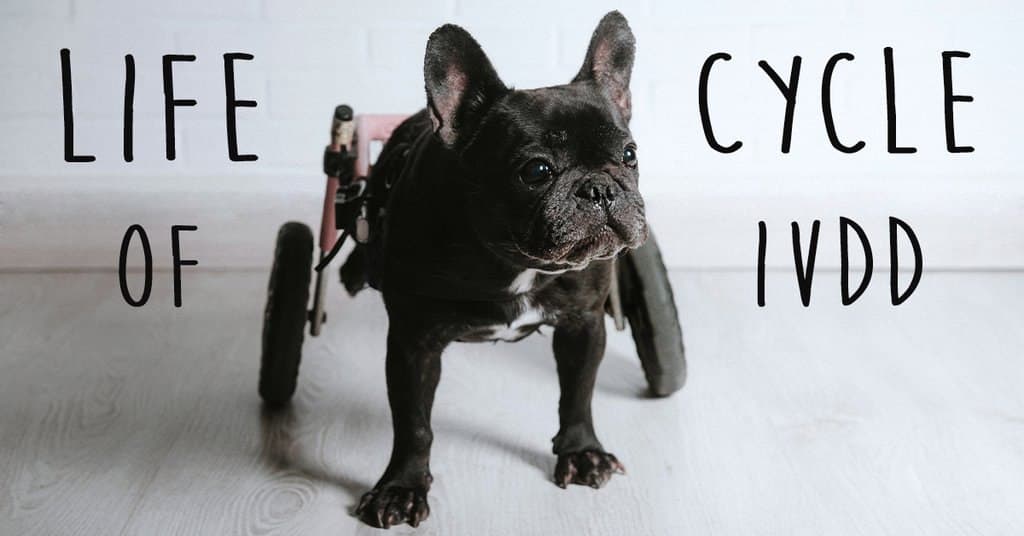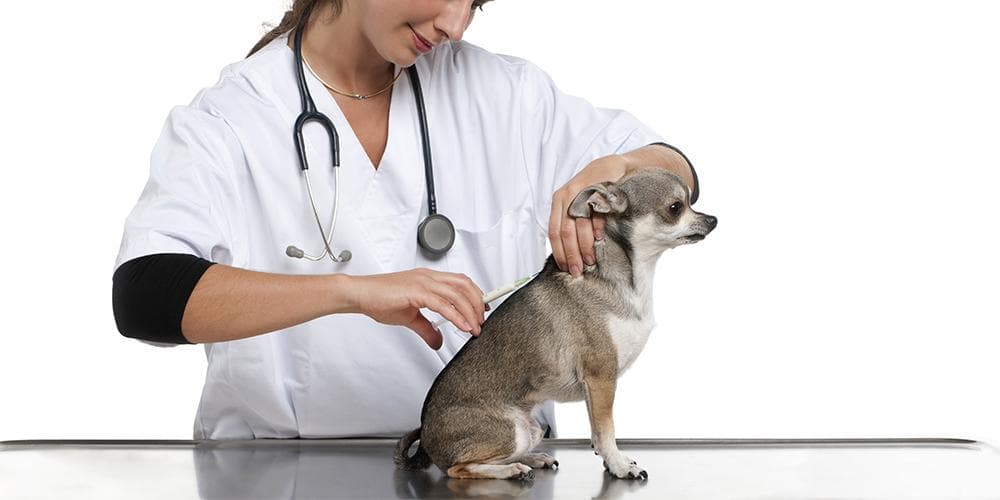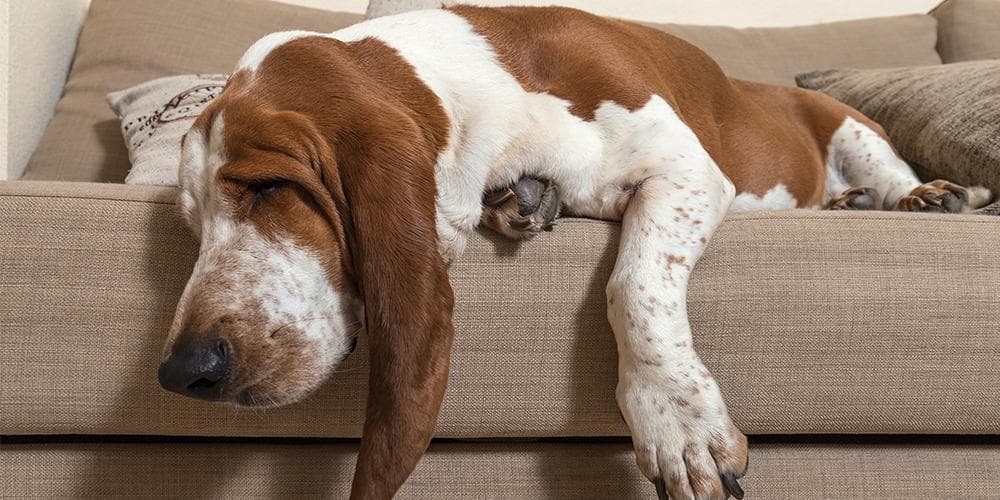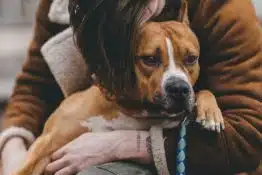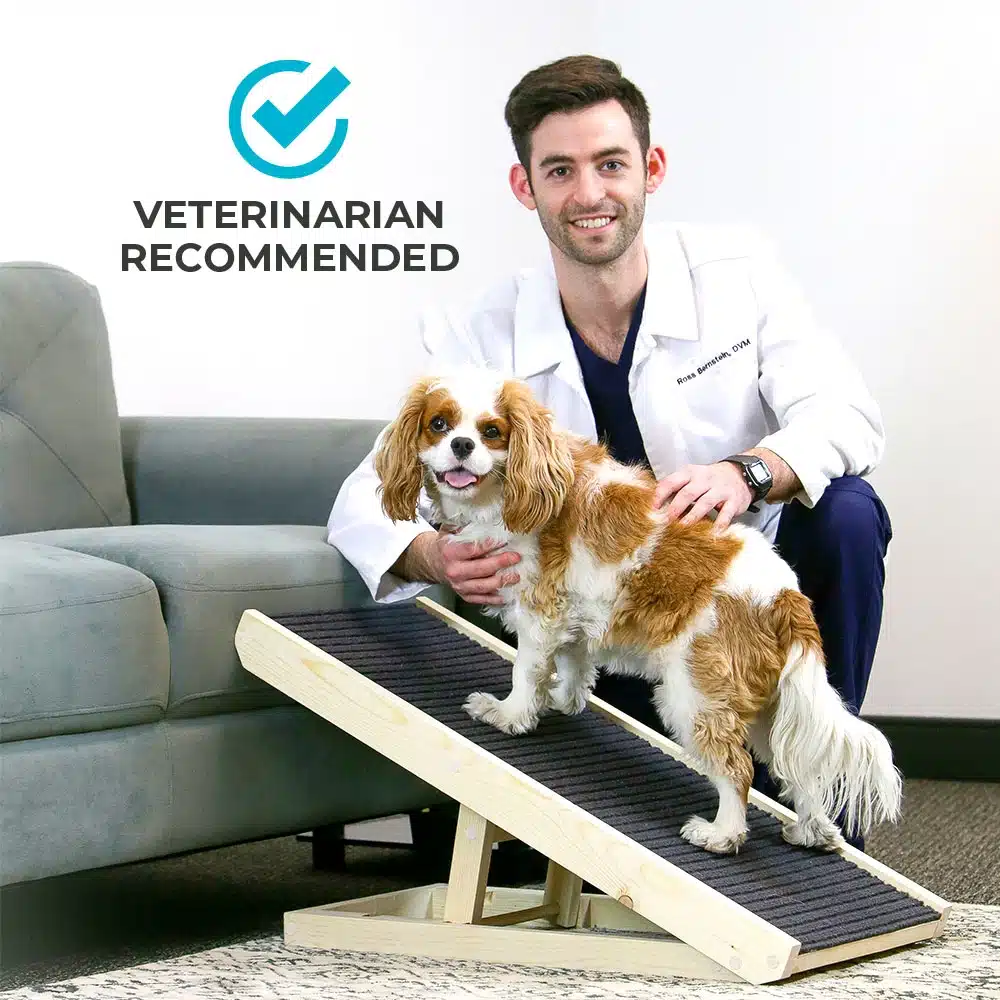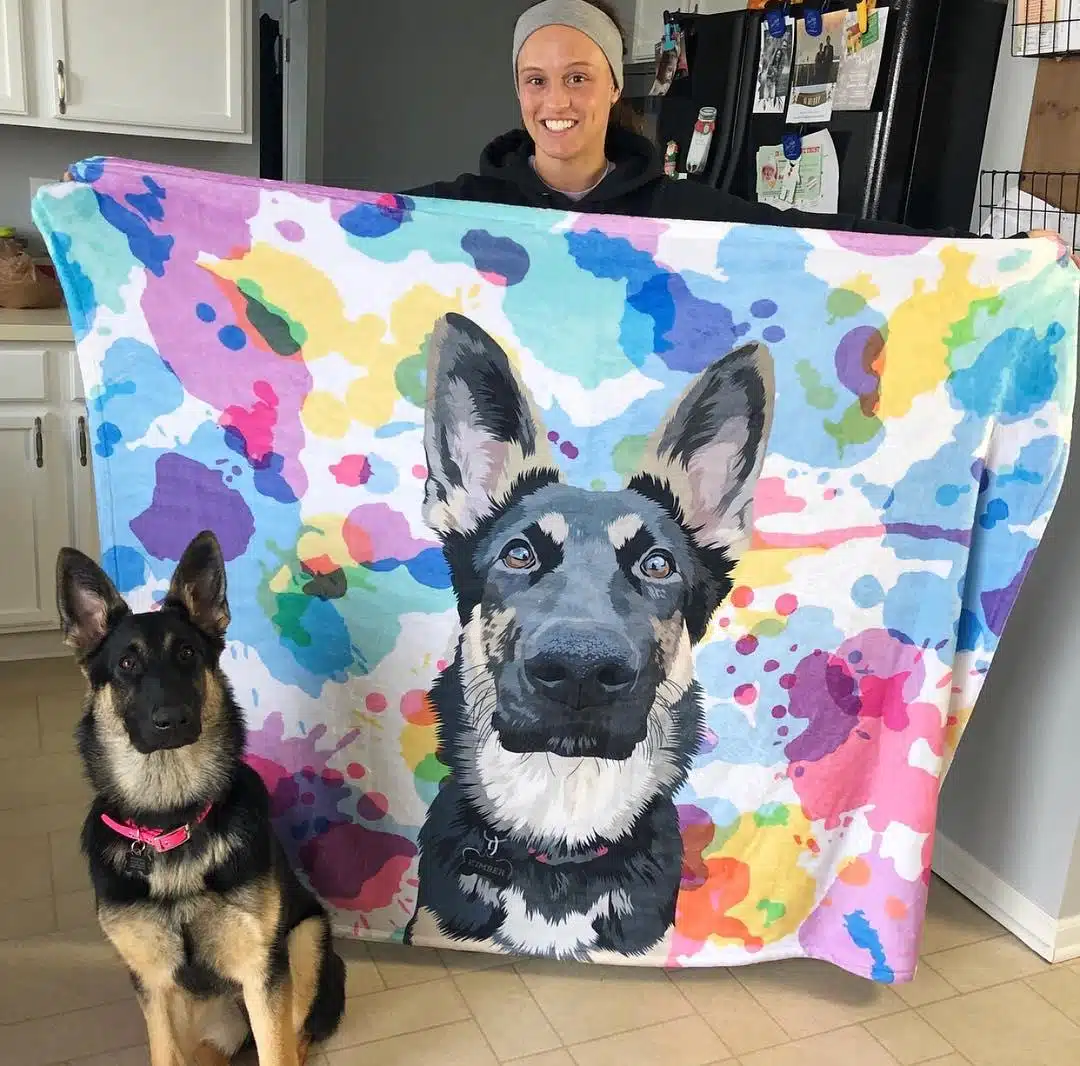The Life Cycle of IVDD
Up to 25% of Dachshunds will suffer from IVDD. If you own a Dog, you need to know what Intervertebral Disc Disease (IVDD) is. It is important to be aware of the lifecycle so you know what to expect, so your four-legged buddy can live a full life, and you can avoid costly vet bills.
IVDD Survivor Story – Hannah & Louis
What Is Intervertebral Disc Disease?
Intervertebral disc disease is a common condition characterized by the breakdown (degeneration) of one or more of the discs that separate the bones of the spine (vertebrae), causing pain in the back or neck and frequently in the legs and arms.
It is a genetic disease. All dogs are susceptible to IVDD, but some smaller breeds are more prone to the disease. Dachshunds with their elongated spines are much more susceptible to IVDD. One in four Dachshunds will suffer from the disease.

Early Warning Signs
If you suspect that your dog is experiencing any of the following signs or symptoms, seek veterinary advice as soon as you can:
#1. SENSITIVITY TO BEING TOUCHED
When you touch your dog they may cry out or yelp in response, and perhaps even act aggressively towards you. In some cases, you may even notice your dog avoiding you to prevent them from being picked up or petted.
The One Thing Pet Owners Regret Not Doing Until It’s Too Late
Is your pet safe?
1 in 3 pets will need emergency veterinary treatment each year and it is estimated a pet receives emergency care every 2.5 seconds in the U.S.
The average cost of treating a broken bone in dogs is $2,700. Cancer treatments? Up to $10,000.
It’s why so many pet owners say their biggest regret isn’t the vet bill—it’s not having pet insurance when they needed it most.
Ask yourself: “If an unexpected $5,000 vet bill hit tomorrow, could I afford it?”
If the answer is no, it’s time to get covered.
Take a look at Lemonade. They have a great app that actually works, they have an instant chatbot that is faster and, dare we say it, friendlier than most companies’ “real” customer service and a quick scroll through Reddit will uncover… people are really vibing with this brand.
So go check them out and take a look. It takes less than a minute.
#2. UNUSUALLY WITHDRAWN AND QUIET
When your dog is in pain, it may spend a lot of time sleeping or laying down in a place that’s not a part of its normal routine. You might also notice your dog hiding or sitting in an isolated corner.
#3. A HUNCHED BACK
A dog with disc issues tends to develop a hunch on its back – a hunch may be severe or it may also appear in a more subtle manner where it looks like one or two vertebrae are slightly protruding from the spine. Your dog may also move around slower, with a shuffling walk and/or have a tense belly.
Being Aware of IVDD Is the First Step.
Knowing some of the early signs of IVDD can hopefully help you catch the disease in its early stages and get the proper care so it doesn’t worsen.
Treatment
Treatment may vary depending on the symptoms, and the intensity of said symptoms. This is why knowing the early signs and beginning to treat IVDD as early as possible is a HUGE factor in how much care your dog will need.
Oral anti-inflammatory medications and cage rest are typically recommended for dogs with mild signs. The mild symptoms treated with medication and cage rest can start to subside in as little as 48 hours, however, that is not the case for everyone and you should always consult your vet.
Try This: Hip & Joint Chews to help alleviate pain On the other end of the spectrum, dogs that have more severe symptoms are candidates for surgery.
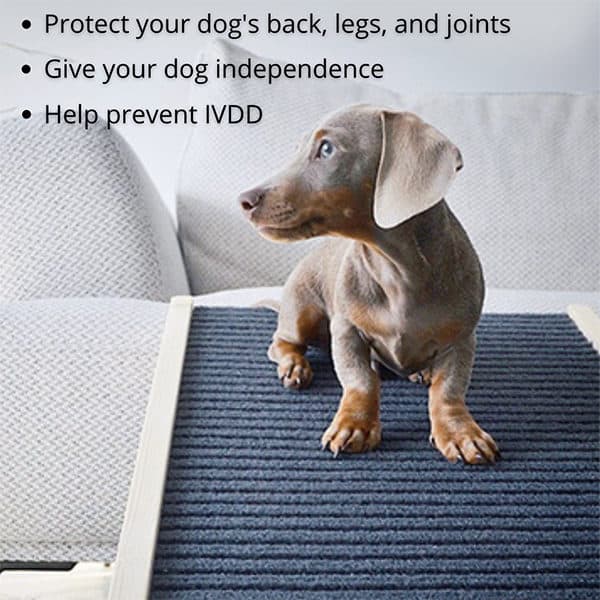
The Surgery
According to MedVet, “IVDD Surgery involves creating a small window in the bone around the spinal cord to gain access to the disk material. The material is removed, relieving the spinal cord compression and allowing healing to take place…
Surgery is effective at relieving pain, eliminating spinal cord compression, and maximizing chances for patient recovery.”
Note: Surgery for IVDD can cost up to $8,000
Life Post IVDD – After Care
The surgery is over, great! However, that doesn’t mean IVDD ends here. There is rehabilitation and aftercare to make sure your beloved dog recovers at the right place, and most importantly, doesn’t have to go through ANOTHER surgery.
Generally speaking, recovery involves approximately four weeks of activity restriction, basically meaning no off-leash activity. I know that might seem hard, but it’s critical. Depending on your dog’s neurological function, some additional care will be determined by your vet.
Some dogs will also require help walking and/or relieving themselves, while some other dogs might need various medications and intense physical rehabilitation. The specific requirements for your dogs’ aftercare will be explained by your vet, however, it’s nice to have some examples ahead of time of what you can expect.
Watch Dr. Ross’s Review on Dog Ramps
#1 Recommendation to Prevent Worsening Symptoms
Avoid Allowing Your Dog to Jump On and Off Furniture. This can strain their spinal cord, which can lead to back injuries over time. A fall off the furniture from a jump can also trigger or worsen the symptoms of IVDD.
Use a ramp instead to provide easy access to the sofa or bed. If you have any comments about your own journey with IVDD, let us know in the comments below!
80% of Dogs Develop Arthritis or Joint Pain by 7 Years old – Here’s How to Protect Them
Most of us train our dogs when they are puppies to jump up on furniture. We think it’s harmless (and easier than always lifting them), but for dogs, couches and beds are very high compared to the size of their bodies.
Every time they jump it compresses their back and applies enormous force to their joints.
It’s no wonder that an incredible 80% of dogs experience arthritis or joint pain by only 7 years old.
Luckily, there is a vet-recommended solution.
It’s the PawRamp by Alpha Paw. An adjustable ramp that allows dogs to safely get on and off couches and beds. PawRamp makes joining you in bed or on the couch effortless and fun.
As a bonus, you can use code SAVE35 to get $35 off the PawRamp today.

